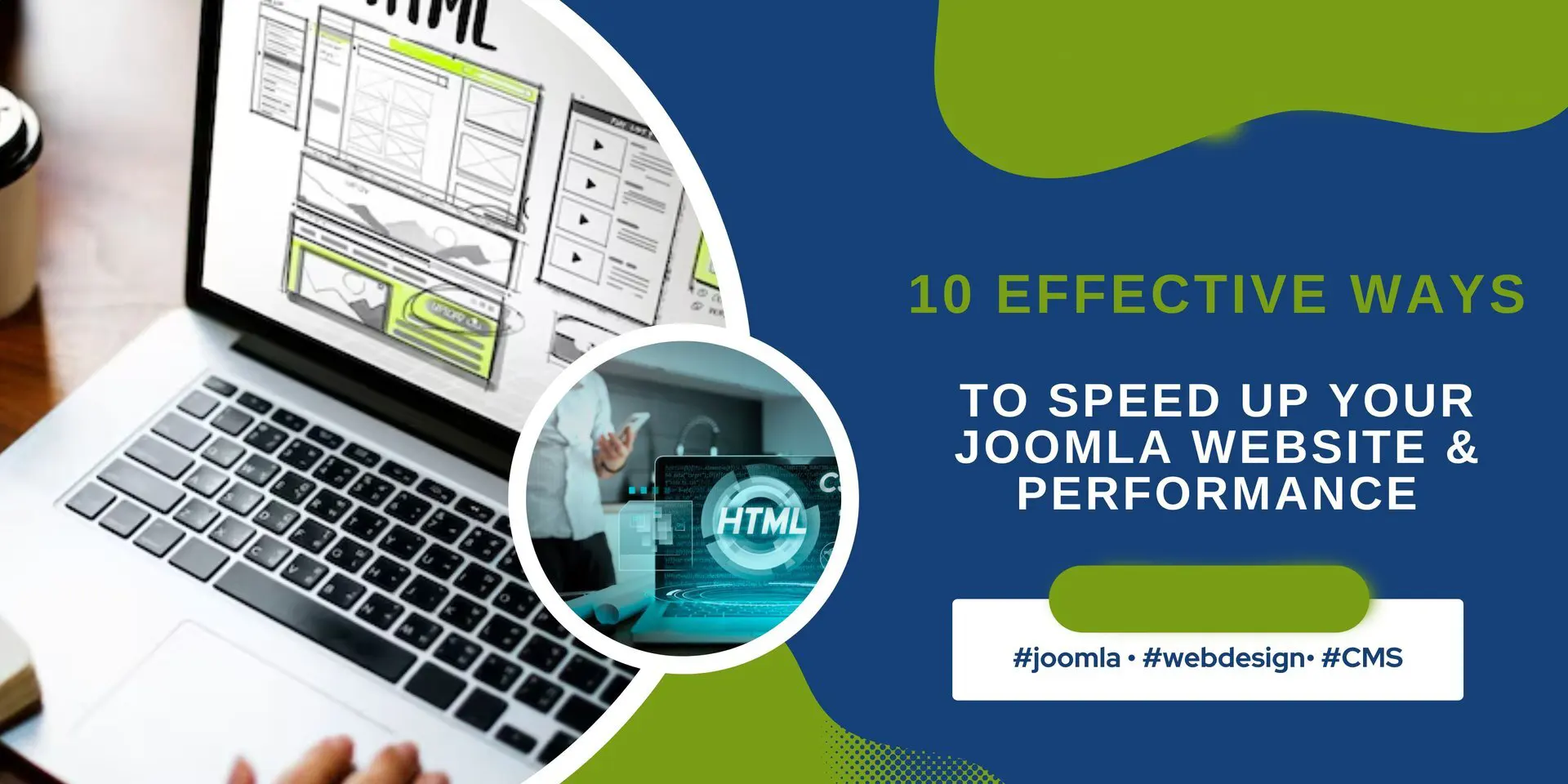
A fast-loading website is not just a luxury — it’s essential for user experience, search engine rankings, and conversion rates. If your Joomla site is slow, you risk losing visitors, sales, and even credibility. The good news is that Joomla is a robust and flexible CMS that can be highly optimized for speed — if configured correctly.
This comprehensive guide outlines the most effective speed optimization techniques for Joomla in 2025. Whether you're running a blog, business site, or online store, these tips will help you load pages faster, reduce bounce rates, and improve SEO.
● Improved SEO: Google prioritizes fast websites in search rankings.
● Better UX: Visitors are likely to leave if your site takes more than 3 seconds to load.
● Higher Conversions: A one-second delay can reduce conversions by up to 7%.
● Mobile Optimization: Slow sites are more painful on mobile networks.
It all starts with hosting. Make sure your hosting provider offers:
● SSD or NVMe drives
● PHP 8.1+ support
● LiteSpeed or NGINX web servers
● Joomla-optimized environment
● Server-side caching (LiteSpeed Cache, Redis, etc.)
● 99.9% uptime guarantee
Recommended Joomla hosts in 2025: SiteGround, A2 Hosting, ScalaHosting, CloudAccess.net
Some Joomla templates come with bloated CSS/JS or unnecessary animations. Use a lightweight, responsive, and optimized template such as:
● Helix Ultimate
● Astroid Framework
● JD Builder templates
● Gantry 5 lightweight themes
Tip: Avoid templates that rely on external scripts unless necessary.
From your Joomla admin panel:
● Go to System > Global Configuration > System tab
● Set Cache Handler to “File” or “Platform-Specific”
● Enable Progressive or Conservative caching
● Set Cache Time (e.g., 15–30 mins)
This significantly reduces load time by delivering pre-generated pages.
GZIP reduces the size of your files sent from the server to the browser.
To enable GZIP:
● Go to System > Global Configuration > Server
● Set Gzip Page Compression to Yes
This reduces bandwidth and improves load time.
A CDN helps deliver static content (images, CSS, JS) from servers closest to the user.
Top CDN options:
● Cloudflare (Free & Paid plans)
● KeyCDN
● StackPath
Most CDNs integrate easily with Joomla via DNS changes or plugins.
Large images are one of the top causes of slow sites.
Best practices:
● Use formats like WebP
● Compress using TinyPNG, Squoosh, or ShortPixel
● Use responsive images (srcset)
● Lazy load below-the-fold images using JCH Optimize or built-in lazy loading features
Minification removes unnecessary characters from CSS and JS files, reducing size.
Use extensions like:
● JCH Optimize (Recommended)
● Regular Labs Cache Cleaner
● RokBooster (lightweight alternative)
Benefits:
● Reduces HTTP requests
● Combines files
● Defers or delays script loading
Important: Test for conflicts after minifying — sometimes JavaScript might break features.
Unused extensions and modules add unnecessary overhead. Regularly:
● Audit installed components
● Disable or uninstall plugins you’re not using
● Clean up module positions
Also disable System Debug and Error Reporting on production sites.
For advanced caching and optimization, use:
● JCH Optimize Pro – complete minify/lazy load/cache tool
● Joomla Cache Cleaner – quick backend cache clearing
● LiteSpeed Cache for Joomla – for LiteSpeed servers only
● Google PageSpeed module (if supported by your server)
Over time, Joomla’s database collects overhead. Optimize regularly:
● Use Akeeba Admin Tools or Regular Labs DB Replacer
● Manually via phpMyAdmin > Optimize Tables
● Schedule automated clean-ups monthly
H3: Disable Mootools (If Not Needed)
Joomla used to load Mootools by default. Many modern templates no longer require it.
Use plugins like Mootools Enabler/Disabler to prevent unnecessary JS loading.
If you’re embedding YouTube, Vimeo, or large maps:
● Use extensions that defer loading
● Replace iframe previews with static images and load the iframe on click
Examples: Lazy Load for Videos, Advanced Module Manager
Use these tools to measure and track performance:
● Google PageSpeed Insights
● GTmetrix
● Pingdom Tools
● Chrome Lighthouse
Ideal benchmarks:
● Load time: < 2.5 seconds
● Core Web Vitals: All “Good” scores
● Page size: < 2MB
● Requests: Under 100
● Use mobile-friendly templates
● Avoid fixed-size elements
● Minimize large fonts and popups
● Test on multiple devices using BrowserStack or Google Mobile Test
Speed optimization is a critical part of running a successful Joomla site. With the right combination of hosting, caching, CDN, image optimization, and plugins, you can achieve blazing-fast load times — and retain more visitors.
The beauty of Joomla lies in its flexibility. Use it to your advantage and adopt a performance-first approach that scales with your site’s growth.
Is your Joomla site loading too slowly? Let our experts perform a free performance audit and help you implement powerful speed optimization strategies today.
